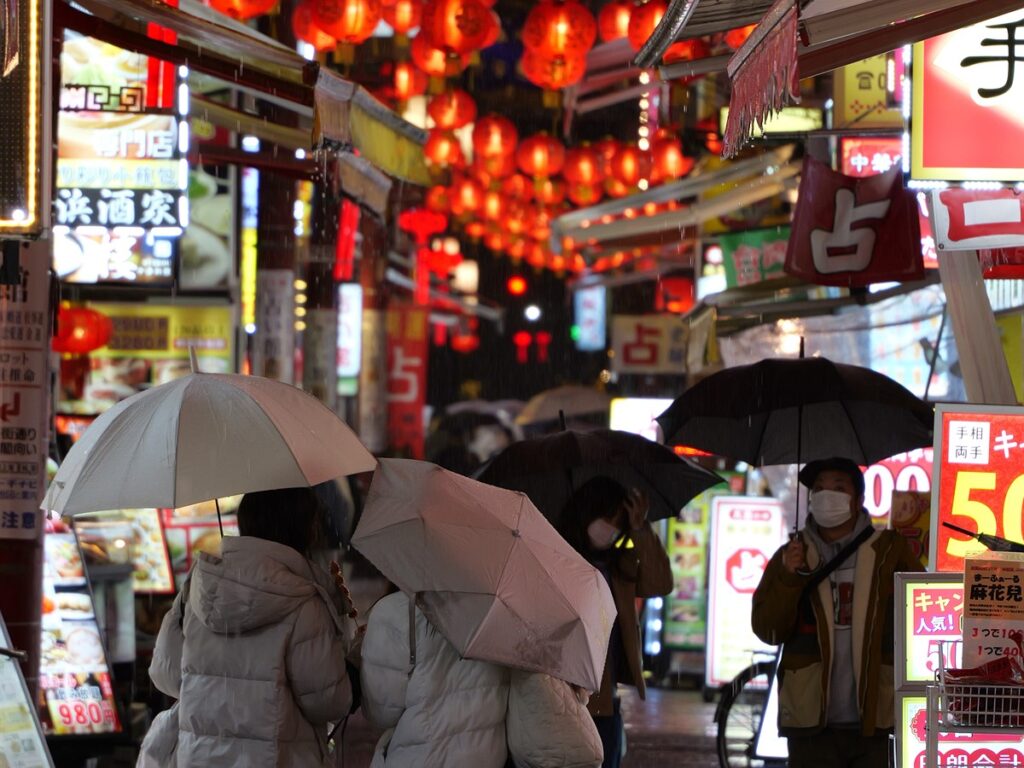Japan stands out as a beloved travel destination, captivating visitors with its rich culture, exquisite cuisine, and the genuine warmth of its people. For photography enthusiasts, Japan presents a veritable canvas filled with stunning visuals, from tranquil temples and busy markets to awe-inspiring natural landscapes. The author expresses a particular fondness for street photography during nighttime, highlighting how the vibrancy of urban life comes alive after sunset. Among the bustling streets of major cities like Tokyo and the charming alleys of Yokohama’s Chinatown, the author finds endless creative opportunities to capture the essence of Japan’s urban landscape.
However, the author has developed a unique twist to their nighttime photography practice: seeking out rainy weather. Unlike most tourists who might shy away from a downpour, the author embraces these conditions, viewing them as a transformative element that enhances their photographic storytelling. Rain not only adds a layer of atmosphere but also enriches the scene with reflections, saturated colors, and the whimsical element of umbrellas punctuating the urban tapestry. This lens of appreciation allows the author to create compelling images that resonate with the mood and ambiance of the rainy cityscape.
This year, the author undertook two trips to Japan, and coincidentally, both outings were graced with rain. While others may consider this inclement weather an inconvenience, the author perceives it as a stroke of luck, fostering an environment ripe for compelling street photography. The relentless downpours made for exhilarating nights of shooting, and it was during these adventures that the joys of weather-sealed photography equipment became apparent. The author’s gear, drenched yet performing flawlessly, became a testament to the quality and durability essential for capturing fleeting moments in challenging environments.
Memorable photographs taken during these wet excursions have left a lasting impression, with each image holding significance tied to the experience of capturing it. One of the highlighted favorites was shot in the atmospheric alleys of Yokohama’s Chinatown. Here, the tight-knit design of the area, adorned with traditional lanterns, provides a fitting backdrop for intimate street scenes. The author recounts the heightened anticipation that comes with spotting potential subjects, in this instance, two individuals sharing a similar attire, moving gracefully into a narrow alleyway. This fleeting moment induced a strong creative instinct, leading to a quick capture before the scene could dissipate.
The resulting photograph is an encapsulation of the mood that rain brings to evening photography. A unique aspect of this image is the anonymity of its subjects, whose obscured faces shift the viewer’s focus toward the ambiance of the setting rather than individual identities. This intentional choice enhances the photograph’s narrative, allowing it to evoke broader reflections on the urban experience, the interconnectedness of people within the city, and the charm of street life in Japan after dark. The author’s preference for such visuals illustrates a deep appreciation for the story that the environment itself tells, devoid of personal attachment.
Ultimately, the author’s journey through Japan serves as both an exploration of the nation’s enchanting landscapes and an exploration of the craft of photography itself. Rain transforms the mundane into moments of unexpected beauty, offering visceral illustrations of urban life that resonate deeply with both the photographer and the audience. For those willing to venture out, even in less-than-ideal conditions, the rewards can be profound — not just in terms of stunning imagery but also in the magical experiences and memories captured in each frame. These adventures underscore the beauty of embracing spontaneity and adaptability in the pursuit of art, reminding photographers everywhere that the best moments often arise when we dare to step outside our comfort zones.

